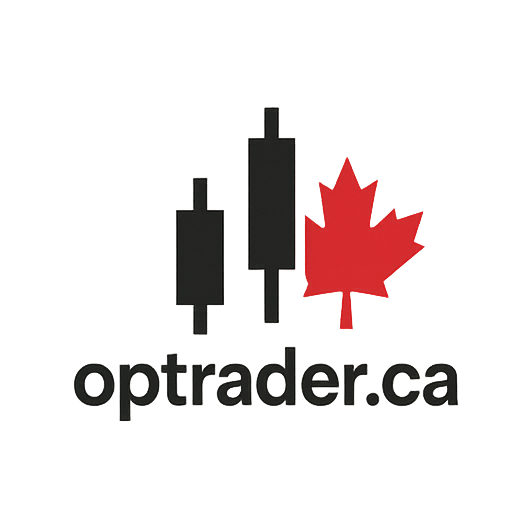How to Combine MACD and ROO for Smarter Covered Calls
How to Combine MACD and ROO for Smarter Covered Calls
When selecting covered call opportunities, most traders either focus on premium yield (ROO %) or technical strength (like MACD). But what happens when you combine both? You get a powerful filter that balances reward with timing — and that’s what this article is about.
What Is MACD?
MACD (Moving Average Convergence Divergence) is a momentum indicator used to identify trend reversals or continuations. A MACD crossover — when the MACD line crosses above the signal line — is often seen as a bullish sign.
In covered call trading, using MACD helps confirm that the stock isn't in a downtrend, reducing assignment risk and improving the odds your trade expires profitably.
What Is ROO (%)?
Return on Option (ROO %) is Optrader’s signature profitability metric. It measures your potential return from the option premium relative to stock price, annualized to expiry. A high ROO (e.g., 2.5% or more per month) signals a worthwhile yield — if the risk checks out.
Why Combine MACD + ROO?
- MACD filters timing – You avoid stocks in a clear downtrend.
- ROO filters profitability – You avoid stocks that pay little premium.
- Together, they help you find trades that are both technically strong and income-worthy.
How to Screen for This on Optrader
- Set your minimum ROO % in the sidebar (e.g., 2.5%).
- Enable the MACD filter (set to show only positive crossovers).
- Optionally, filter for stocks with neutral-to-positive sentiment.
- Use charts to visually confirm alignment between MACD crossover and recent trend.
This combination gives you high-yield trades with timing support, helping you avoid "value traps" — high premium on bad charts.
Final Thoughts
If you're already using Optrader’s ROO metric to find premium-rich trades, try layering in MACD to improve the timing. This combo screen can help you build a smarter, more consistent covered call strategy — especially in volatile markets.
